80 F. high in the Twin Cities Monday.
65 F. average high on September 30.
77 F. high on September 30, 2012.
+4.9 F. September temperatures were roughly 5 F. warmer than average in the Twin Cities.
1.35" rain fell in September in the metro area, 1.73" drier than average.
2.8" snow fell on September 30, 1999. Source: MPX National Weather Service.
Biggest Upper Midwest Storm In 5 Months?
The animation above shows predicted air pressure and 10 meter wind
speeds into Tuesday morning of next week. Watch a major storm spin up
over the Upper Midwest by late week, some 30-50 mph winds possible over
the Dakotas. Loop: NOAA GFS data and Ham Weather.
Shifting Gears
Yes,
our September weather was phenomenal, in spite of a reinvigorated
statewide drought. But I'm finally seeing encouraging signs & trends
on the weather maps.
The shift from summer to winter, with larger
temperature swings in play, tends to brew up much more significant
storms capable of heavier, steadier, widespread rains.
Summer
T-storms are notoriously fickle. One farm gets soaked, while 5 miles up
the road the sun is out and neighbors wonder what happened to that "70
percent chance of rain"? T-storms are 5-10 miles wide; if you're lucky a
line of storms will soak everyone.
But autumn storms produce
"stratiform" rain, 300-800 mile wide smears of steady rain, the kind of
moisture we need to replenish thirsty fields & lawns.
Late
week weather will range from 80s over Iowa to snow over the Black Hills,
spinning up an impressive storm capable of significant rain, especially
northern and western Minnesota. 70s spill over into Wednesday, when
T-storms may bubble up by late in the day. Heavier rains, a few waves of
moisture, push across Minnesota Thursday into Saturday with 1-2 inch
rains.
The sun peeks out for marathon runners Sunday as we slide into a MUCH cooler pattern.
A Real Storm?
Yes, a full-latitude cyclone is brewing, drawing on a 40-50 degree
temperature gradient and powerful jet stream winds carving out an
impressive trough of low pressure, pulling moisture north from the Gulf
of Mexico. The local Twin Cities NWS office is predicting 1" of rain by
Thursday morning (Thursday probably the wettest day), but models keep
showery rains (and gusty winds) into Saturday. Graph: Iowa State.
October Alert.
It will feel more like early September out there again today and
Wednesday, but a powerful storm spinning up over the Upper Midwest will
pull chilly air south - temperatures over the Red River Valley
marginally chilly enough for flurries by late Friday. Thursday and
Friday appear to be the wettest days of the week. Highs may not climb
much above 50F in the metro by Saturday and Sunday, but some moderation
is likely next week. ECMWF guidance above in Celsius.
October Preview.
We get off to a chilly start Friday into Sunday with highs dipping into
the 50s (40s up north) but NOAA's Climate Prediction Center is
forecasting a milder than average month from Minnesoeta eastward to the
Great Lakes and New England, a mild bias for the Southwest as well.
"Extraordinary" Pacific Storms Shatter Records In Northwest; Tornado Near Seattle. There's a headline you don't see very often - meteorologist Jason Samenow has the details at The Washington Post's
Capital Weather Gang; here's the intro: "
Since
Saturday, a series of storms has battered the Pacific Northwest
bringing record rainfall, damaging winds and, today, a rare September
tornado near Seattle. The storminess has been embedded within what’s
described as “an atmospheric river” – where a long ribbon of deep
moisture streams across the Pacific. The National Weather Service calls
today’s storm “extraordinary for late September” and “much more like a
November storm”....
Image credit above: "
Water vapor image of storm." (
Cliff Mass Weather Blog).
Is Living With Extreme Wildfires The New Normal? NPR tackles the subject - here's an excerpt of a recent story: "
It
has been a deadly year for the people who fight wildfires. In total, 32
people have lost their lives fighting fires in 2013; the highest number
in nearly 20 years, according to the National Interagency Fire Center.
Just one incident accounts for most of those deaths, the Yarnell Hill
fire in Arizona. In June, the blaze blasted through a firefighting crew
known as the Granite Mountain Hotshots; 19 of the 20 men died. As people
move farther into wildland areas and climate change turns landscapes
into tinder, experts say the wildfire danger around the country will
likely only grow. But there may be a lesson to learn from how the U.S.
stifled an earlier fire crisis in urban settings.."
Photo credit above: "
A
wildfire in burns Prescott, Ariz., on June 18. The fire would
eventually take the lives of 19 firefighters in an area near Yarnell.
" Todd Tamcsin/AP Photo/American Red Cross.
Premature Mortality Due To Air Pollution. We take clean air for granted - but we shouldn't. Here's an excerpt of an article at NASA's Earth Observatory: "
Occasionally, short-term meteorological conditions
merge with ongoing human emissions to produce extreme outbreaks of air
pollution. In January 2013, a blanket of industrial pollution enveloped northeastern China. In June 2013, smoke from agricultural fires in Sumatra engulfed Singapore.
In most cases, the most toxic pollution lingers for a few days or even
weeks, bringing increases in respiratory and cardiac health problems at
hospitals. Eventually the weather breaks, the air clears, and memories
of foul air begin to fade. But that’s not to say that the health risks
disappear as well. Even slightly elevated levels of air pollution can
have a significant effect on human health. Over long periods and on a
global scale, such impacts can add up. But exactly how much exposure to
air pollution do people around the world get? And how much health damage
is it causing? Since there are gaps in networks of ground sensors,
University of North Carolina earth scientist Jason West is leading an effort to answer those questions using computer models that simulate the atmosphere..."
Image above: NASA.gov.
Monitoring The Tropics.
It's still unusually quiet in the Atlantic and Caribbean, but we're
keeping an eye on "Invest 97" for possible intensification in the coming
days. Graphic above courtesy of the Tallahassee office of the National
Weather Service.
NOAA Puts 170 Years Of Hurricane History Into One Interactive Site.
GCN Pulse has an interesting article with links to near hurricane climatology resources; here's an excerpt: "
Hurricanes
are never good news, but they do make history. The National Oceanic and
Atmospheric Administration has put a lot of that history in one place,
with its Historical Hurricane Tracks website,
which puts more than 170 years of global hurricane data into an
interactive map. The site serves up data on global hurricanes as they
made landfall going back to 1842, long before hurricanes were given
names, and provides links to information on tropical cyclones in the
United States since 1958, and other U.S. storms dating back to 1851. The
most recent addition to the site provides details on last year’s
Hurricane Sandy. Visitors to the site can search by location, storm name
or ocean basin and select the search area (by nautical miles, statute
miles or kilometers). Selecting Miami, for example, will display a map
on south Florida criss-crossed by the tracks of many a hurricane..."
Easily Obtained Subpoenas Turn Your Personal Information Against You. Careful what you post on FB, Twitter and store on your (allegedly) smart phone. Here's an eye-opening report from NPR and
The Center for Investigative Reporting: "
For
some, revelations that the National Security Agency has been collecting
vast amounts of personal information on U.S. citizens might seem as far
removed as the city of Moscow. But it’s not just an ultrasecret spy
agency that can create a dossier on you. Many Americans would be
surprised by how easily local law enforcement, IRS investigators, the
FBI and private attorneys can reach into the vast pool of personal
information about their lives with little more than a subpoena, which no
judge needs to review. And it’s not just for selling you more products
or services. It can be wielded against you..."
Inside The Fall Of Blackberry: How The Smartphone Inventor Failed To Adapt.
Innovate or die, right? Anyone in the tech industry (or any business
for that matter) needs to be perpetually paranoid, pushing the envelope,
as this excerpt from a fascinating story at
The Globe And Mail confirms: "
This investigative report reveals that:
- Shortly
after the release of the first iPhone, Verizon asked BlackBerry to
create a touchscreen “iPhone killer.” But the result was a flop, so
Verizon turned to Motorola and Google instead.
- In
2012, one-time co-CEO Jim Balsillie quit the board and cut all ties to
BlackBerry in protest after his plan to shift focus to instant-messaging
software, which had been opposed by founder Mike Lazaridis, was killed
by current CEO Thorsten Heins...
Image above: crackberry.com.
Twitter Founder Reveals Secret Formula For Getting Rich Online. Here's one guy who cracked the magic code.
Wired has an intriguing article - here's a clip: "...
The
bottom line, Williams said, is that the internet is “a giant machine
designed to give people what they want.” It’s not a utopia. It’s not
magical. It’s simply an engine of convenience. Those who can tune that
engine well — who solve basic human problems with greater speed and
simplicity than those who came before — will profit immensely. Those who
lose sight of basic human needs — who want to give people the next
great idea — will have problems. “We often think of the internet enables
you to do new things,” Williams said. “But people just want to do the
same things they’ve always done....”
A Youthful Glow, Radiating From Within.
We all want to look younger - and now comes research that may trouble
plastic surgeons around the world. Here's an excerpt from
The New York Times: "...
True
youthfulness — or, I should say, appearing younger than your age — is
much more than skin-deep. Research has shown that youthfulness must come
from within. In one study, a team at Case Western Reserve University in
Cleveland analyzed the facial photographs of 186 pairs of identical
twins, determining which sibling looked older and why. Factors that
contributed to looking older included smoking, sun exposure, stress, and depression (or the use of antidepressants), the researchers reported. Other studies have linked depression to higher levels of inflammatory markers and oxidative stress, which can accelerate aging..."
TODAY: Sunny, a bit cooler. Winds: W 10-20. High: 76
TUESDAY NIGHT: Partly cloudy and cooler. Low: 51
WEDNESDAY: Fading sun, late-day thunderstorms possible. High: 75
THURSDAY: Periods of rain, a few embedded T-storms. Wake-up: 62. High: 71
FRIDAY: More rain, possibly heavy. Wake-up: 52. High: 65
SATURDAY: Windy and colder, showers taper. Wake-up: 40. High: near 50
SUNDAY: Slow clearing & brisk. Pretty good running weather as winds ease a bit. Wake-up: 37. High: 53
MONDAY: Reinforcing cool front. Some sun. Wake-up: 41. High: 57
* image above: funcram.com.
Climate Stories...
IPCC: Climate Change Report Highlights. Alarmist
hype? Part of me hopes so, the other part of me shudders thinking about
the implications of ignoring 97% of the world's leading climate
scientists because we may not care for the message. In today's edition
of
Climate Matters we take a look at some of the highlights of Friday's report: "
For
the 5th time in 23 years, the world's leading climate scientists have
released an update on the state of the climate. WeatherNation Chief
Meteorologist reviews the highlights plus shares the panel's predictions
for the rest of the century." Here's a link for more information:
http://www.ipcc.ch/
Latest AR5 IPCC Summary As A "Word Cloud". Compliments of Leo Hickman and
Twitter.
CO2 Reshaping The Planet, Meta-Analysis Confirms. Here's the intro to a story from Stephen Leahy at
Inter Press Service: "
Greenland
will eventually truly become green as most of its massive ice sheet is
destined to melt, the authoritative U.N. Intergovernmental Panel on
Climate Change (IPCC) reported Friday. The IPCC’s new 36-page summary
of the latest science includes a warning that there is a 20-percent
chance the massive Greenland ice sheet will begin an irreversible
meltdown with only 0.2 degrees C of additional warming. That amount of
additional warming is now certain. However, it would take 1,000 years
for all the ice to melt. “The new report is yet another wake-up call
saying we are in deep trouble and heading for dangerous levels of
climate change,” said David Cadman, president of ICLEI
, the only network of sustainable cities operating worldwide and
involving 1,200 local governments. “The IPCC will be attacked by fossil
fuel interests and their supporters….They will try and scare the public
that taking action puts jobs and the economy at risk,” Cadman told IPS.
“That’s simply not true. It’s the opposite...”
Photo credit above: "
The melting of Mexico’s Orizaba glacier is another consequence of global warming." Credit: Mauricio Ramos/IPS.
Reporting On Climate Change, "The Mother Of All Risks". Here's an excerpt from
Media Matters: "
After
reviewing the latest evidence from a major climate change report --
released in full on Monday -- the prominent consulting group
PricewaterhouseCoopers concluded
that climate change is the "mother of all risks." But while many
businesses recognize climate risks, the media often cloud these risks by
framing climate change in terms of "uncertainty," according to a recent
study.
This can lead to a disconnect between scientific understanding and
public perception, and a misguided contentment with inaction..."
* the IPCC Final Draft is
here, all 2,000+ pages of it.
Frackers Guzzle Water As Texas Goes Thirsty.
Time Magazine has the story - here's an excerpt: "...
Similar
fights could soon happen almost anyplace where fracking operations are
growing and water is scarce. Fracking giant Schlumberger estimates there
will be a million new wells drilled around the world in the next 20
years. The fracking process pumps large amounts of pressurized water
deep into the earth to dislodge oil and gas deposits. The amount of
water needed varies, depending on the geology of the formation, but the
average South Texas well takes some four to six million gallons of water
over a period of several days as the rock formations are fractured,
according to an industry source. Fracking companies point out that their
industry consumes only 1% of all the fresh water usage in Texas, less
than suburbia or agriculture. But drilling is using up water in some of
the state’s driest areas, like Dimmit County. “We have a ticking time
bomb,” Fitzsimmons says. Given the falling levels of the aquifer, it
would take “a flood of Biblical proportions,” he says, to recharge the
county’s water reserves..."
Photo credit above: Christopher Sherman - AP. "
Farmers
in South Texas are struggling with uneven crops and some that never
emerged as the Rio Grande Valley suffers through its driest stretch ever
recorded."
Obtaining 25% Of Energy From Renewables Would Save Billions.
This is when we'll go over the top, when people realize they can save
money while simultaneously cleaning up the environment and lowering GHG
emissions into the atmosphere. A pipedream? Iowa currently gets about
25% of it's electricity from wind power. Here's a clip fromthe American
Wind Energy Association and
Clean Technica: "
The
Western U.S. could reap huge benefits in pollution savings and reduced
spending on fossil fuels by installing more wind and solar power plants,
according to a comprehensive new analysis released today by the
National Renewable Energy Laboratory (NREL). The study found that
obtaining 25% of electricity in the Western U.S. from renewable energy
will reduce carbon dioxide pollution by up to 34% and save $7 billion
annually in fossil fuel costs..." (Image: Clean Technica).
Can Solar Power Be Cheap?
What further technological breakthroughs are necessary to scale solar
power to the point where everyone will want (free) energy from the sun?
Scientific American has the story - here's an excerpt: "
Fact 1: The primary ingredient of most solar panels is purified sand. Fact 2: Enough sunlight hits the Earth in an hour to provide all of humanity's energy needs for a year. So why isn't solar power
cheap and abundant? For starters, building a device capable of turning
incoming photons into electricity isn't cheap. Add in installation and
the cost of a solar system
can still be more than $10 per watt of electricity produced. That's
much higher than the cost per watt from burning coal or natural gas.
It's going to take further technological breakthroughs to make photovoltaics cheaper. That’s the conclusion of a report from Lux Research, a firm that advises emerging technologies..." (Photo: Wikipedia).
The
Western U.S. could reap huge benefits in pollution savings and reduced
spending on fossil fuels by installing more wind and solar power plants,
according to a comprehensive new analysis released today by the
National Renewable Energy Laboratory (NREL). The study found that
obtaining 25 percent of electricity in the Western U.S. from renewable
energy will reduce carbon dioxide pollution by up to 34 percent and save
$7 billion annually in fossil fuel costs.
The NREL report also
conclusively puts to rest the fossil fuel industry myth that wind
energy’s pollution savings are smaller than expected because
fossil-fired power plants run at lower efficiency when wind is
generating electricity.
Read more at http://cleantechnica.com/2013/09/30/obtaining-25-energy-renewables-save-billions/#2iUo3AUOmtuLw12r.99. Here's a clip from a very interesting perspective from
Business Standard: "
Climate change tail risks, including ones cited in a closely watched report on global warming, aren't like Wall Street's.
As with traders and bank risk managers, researchers rely on complex
models to assess the chances of bad outcomes. The incentives are
different, though. Dire predictions can be more rewarding for
scientists. That's the reason to focus on the new baseline forecasts
from the Intergovernmental Panel on Climate Change, which are now less
alarming. The 800 authors of the study released on Friday say rising
temperatures on the planet are "unequivocal" and that it is at least 95
per cent probable human influence has been the dominant cause for more
than a half century. The 2007 edition found that likelihood to be 90 per
cent and, in 2001, it was only 66 per cent...." (Photo: The Energy Collective).
Have You Seen A Psychologist About Global Warming Lately? National Journal has the article; here's a clip: "
If
only we could find a couch big enough to fit the entire human species,
we could talk through what within our minds is preventing us from acting
more aggressively on global warming. Buried within fights over the
science, economy, environment, extreme weather, politics, and lobbying
is a debate about how psychological traits ingrained in the basic human
condition are preventing people from supporting more action on global
warming, despite the fact that most scientists agree it’s only going to
get worse unless humankind makes a concerted effort to take major action
soon. Indeed, a United Nations report released Friday confirms with
more certainty than ever (95 percent) what most scientists already know:
that humans, chiefly through our use of coal, oil, and natural gas, are
the key cause of the planet’s temperature rise..."
Photo credit above: "
Sunstein: We need mind over matter."
(AP Photo).
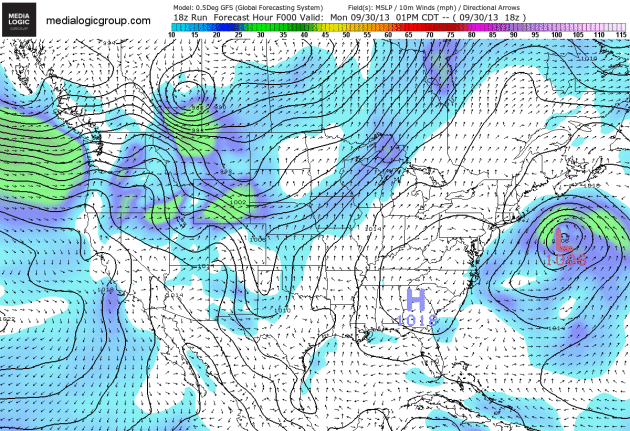
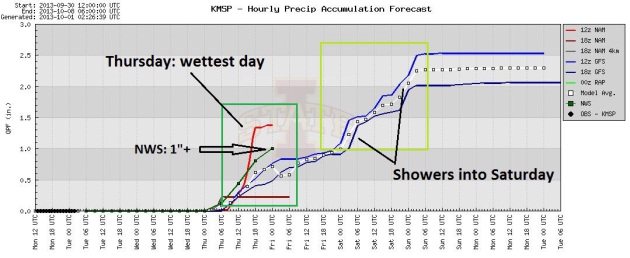

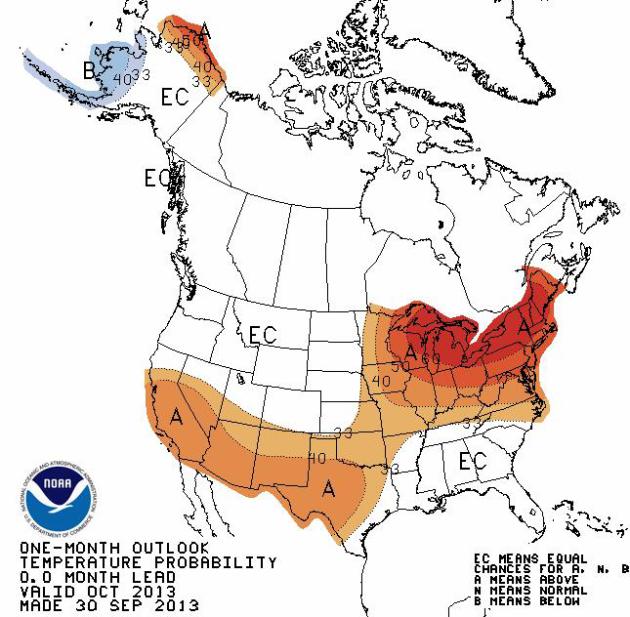
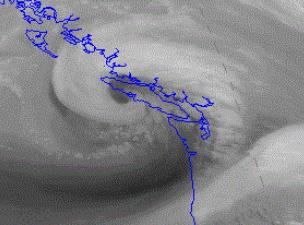
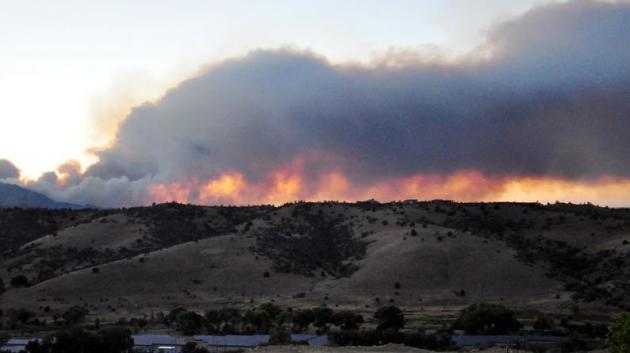
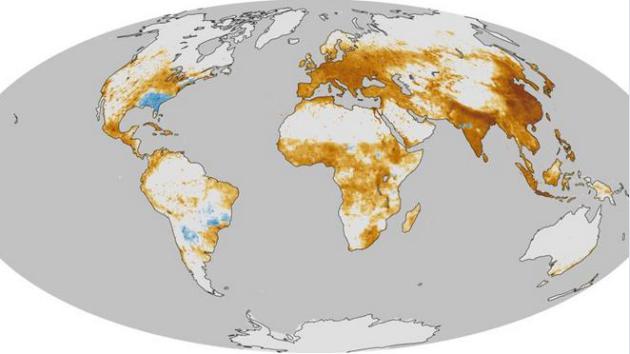
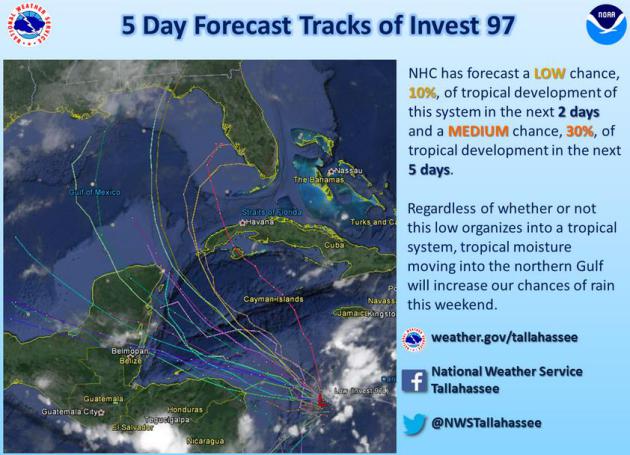
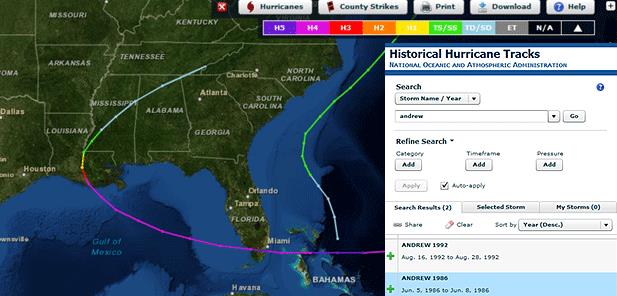





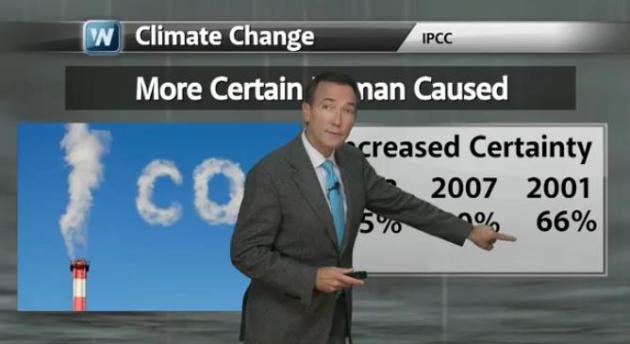
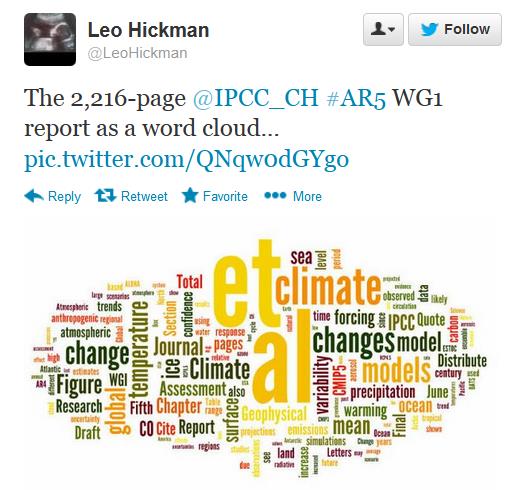
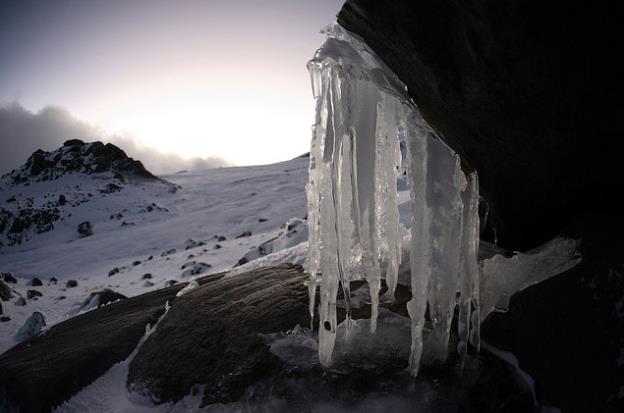
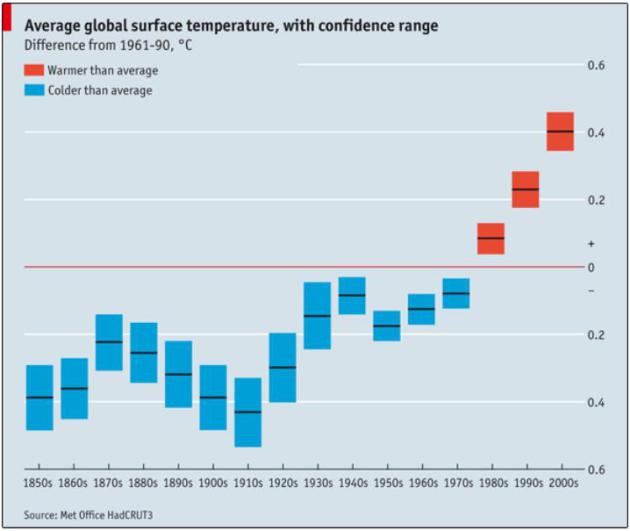
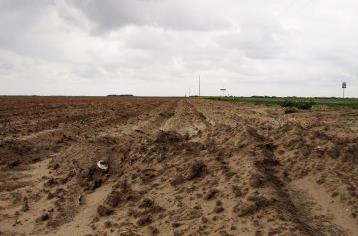
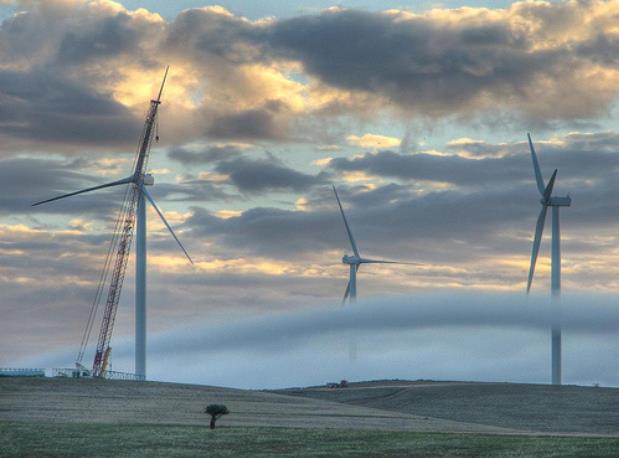
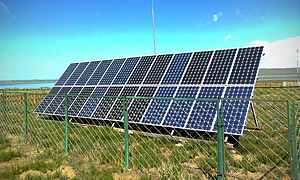
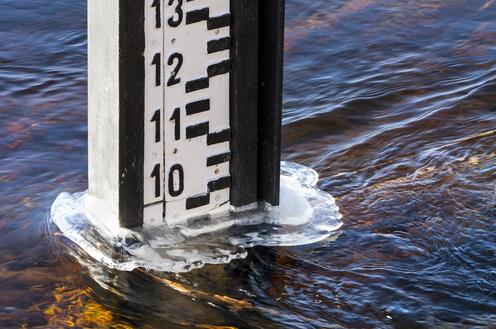
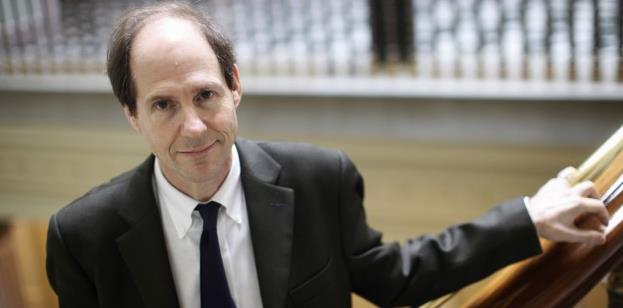
No comments:
Post a Comment